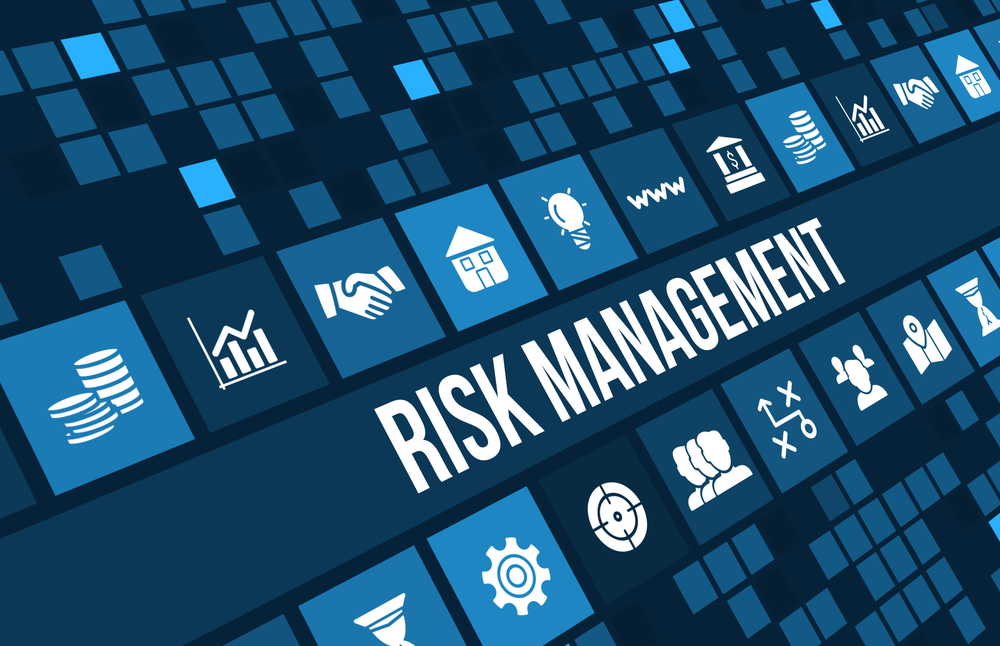COVID-19 has unleashed unprecedented challenges for all businesses. Workplaces are going to need to adapt and adopt training and risk assessment protocols to keep employees healthy and safe. In my over 30 years of experience in civilian and law enforcement response to active threats, it is clear to me that the business community will never “go back to normal.” While there is no single, turn-key solution, the most critical action is to have a clear plan. Below are five, foundational steps to take when developing a workforce risk management plan:
- Determine what is best for your company and get buy in. There is no one-size fits all model for a risk management plan. Every organization has its own unique needs and challenges. Think of your plan as custom and stay focused on what’s best for your stakeholders. Once that customized plan is developed, it’s critical to help employees understand the role they play in workplace safety. Without their buy-in, it’s far more difficult to maintain safe and healthy business operations.
- Make a plan that can and will change. Regardless of how well organized and thought out your plan is, you must leave room for it to adapt and change. The outbreak of COVID-19 and the constantly shifting rules and regulations to keep people safe only highlights the need to be adaptable. Given the rapidly evolving health and safety landscape, chances are, the safety plan your organization created six months or a year ago is now outdated. COVID-19 requires us all to set new standards, from required masks to social distancing. Be prepared to take into account what is happening around you – school closures, business shutdowns – and understand their impact on your approach and plan. It’s imperative to update workplace safety plans at least every year, and if your company doesn’t have one, now is the time to create one.
- Plan for the worst-case scenario – not the best. The best approach to building a plan is to begin with assumptions of what could be the absolute worst scenario. Starting from worse to bad to good is the best way to intelligently assess “must dos” and what can and should be done to address the most dire scenarios. A safety and security analysis should evaluate all type of potentially threats to best establish a foundation of safety. This way, no matter what comes next – pandemic, social unrest, workplace violence or otherwise –your organization is prepared for an ever-changing world.
- Start now. As we have all seen through the COVID-19 pandemic, time is the most precious commodity when it comes to creating a plan of action. Even if your workplace has made the decision to stay online only for the coming months, it is essential you plan for future scenarios now. Construct your plan based on current information but account for what could be a likely scenario in mid and long- term timeframes. The best plans start with an expert partner who can establish a foundation of safety. Certified Safety and Risk Assessment professionals at firms perform in-depth site visits, conduct interviews and collect data to define potential issues at your workplace.
- Stop guessing and start knowing. It’s no small task staying up-to-date with new state and federal regulations. Still, your organization’s implementation and management of an ever-changing safety program shows a commitment to your people and prioritizes safety as much as productivity and customer service. The internet is the best and worst tool for thoughtful risk management planning. It is too easy to find information that is both inaccurate and/or misleading. While there are some excellent free resources such as those from OSHA the best approach is to work with someone who is certified to build a comprehensive plan. A good rule of thumb- only hire an ASIS-certified Physical Security Professional to ensure they have the proper credentials and training.
There’s so much we can learn from the COVID-19 pandemic. It has exposed limitations and weaknesses in service delivery, training (both safety-related and general job cross-training), remote data security and so much more. Updating your Workplace Safety Plan in 2020 will help fill in the gaps so you’re better prepared to move forward with confidence in an uncertain world.
Recent events prove that our world can change abruptly – making instant demands that affect entire chains in organization. Don’t wait to start on your organization’s risk management plan. The best step forward is to be prepared today.





Leave a Reply